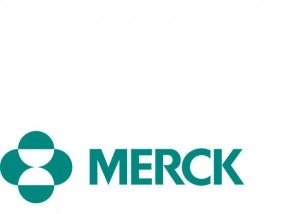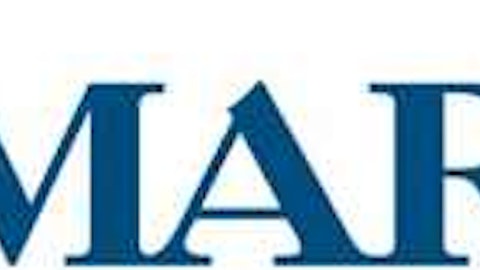
Where Merck is headed
In addition to its vaccines, biologic therapies, prescription drugs, and consumer care products, Merck & Co., Inc. (NYSE:MRK) is also well entrenched in the area of offering animal health products and services. Some of Merck’s top sellers in the human arena include its asthma drug Singulair, as well as Januvia for diabetes, and both Vytorin and Zetia for the management of high cholesterol.
Over the past 12 months, Merck & Co., Inc. (NYSE:MRK) has seen a continuation of expanding profit margins – coupled with a rise in its share price. The company currently pays its shareholders a $1.72 per share dividend, which equates to a dividend yield of almost 4% – a nice yield in comparison to other potential income producing vehicles.
Moving forward with new cures
Recently, Merck & Co., Inc. (NYSE:MRK)s insomnia drug Suvorexant was accepted for standard review by the FDA – meaning that if this med gains approval, it will essentially be the first of its kind in a brand new classification of medications- referred to as orexin receptor antagonists- that can be utilized with those who have a difficult time either falling, or staying, asleep.
The potential profit to Merck & Co., Inc. (NYSE:MRK) for this drug alone is nothing to yawn about. It has been estimated that the market sector for this particular med is in the range of $2.7 billion. In addition, Merck & Co., Inc. (NYSE:MRK)’s recent purchase of the ovarian cancer drug Vintafolide from Endocyte – while facing some potential competition from Eli Lilly & Co. (NYSE:LLY)’s similar offering – could still payout nicely over the next 5 to 10 years in the massive $2.3 billion market for cancer drugs.
Merck also “plays well with others” in seeking additional profit potential. An upcoming mid-stage clinical trial of a hepatitis C virus drug in conjunction with Bristol Myers Squibb Co. (NYSE:BMY) will use a combination of Merck’s MK-5172 and Bristol Myers Squibb Co. (NYSE:BMY)’ Daclatasvir drug.
The trial will test to evaluate the efficacy and the safety of a once-per-day oral ingestion of the medication. If all goes well, this could help to build on the success of Merck’s already approved hepatitis C drug Victrelis that hit the market in 2011.
How healthy is the other Big Pharma competition?
Investors who may be seeking nice dividend yields from other Big Pharma alternatives should look no further than Eli Lilly & Co. (NYSE:LLY). This company also manufactures, develops, and sells both human and animal health care products in the United States and around 130 countries worldwide.
Eli Lilly & Co. (NYSE:LLY)’s strong dividend of $1.96 per share – which produces a dividend yield in the neighborhood of 3.5% – has been helped along by the myriad of both existing product sales as well as new potential offerings such as Edivoxetine for the treatment of depression, and Dulaglutide, an investigational drug for those with diabetes.
Not to be left out in the Big Pharma dividend income discussion is GlaxoSmithKline plc (ADR) (NYSE:GSK). Glaxo, a UK-based pharmaceutical giant, operates in the areas of consumer healthcare, vaccines, and medication production.
A large part of GlaxoSmithKline plc (ADR) (NYSE:GSK)’s growth over the years has been accounted for via the company’s expansion into emerging markets – which has essentially provided the company with the opportunity to capitalize on drug sales in developing international countries worldwide.
With its nice healthy inflow of cash, GlaxoSmithKline plc (ADR) (NYSE:GSK) is able to “share the wealth” with its shareholders by paying out a dividend of $2.76 per share – which equates to a very robust dividend yield of 5.5% per year.
The bottom line
Even though some investors may shy away from investment in Big Pharma companies, those who see the value in potentially approved products could ride the wave of an increased share price, while also being paid a handsome dividend along the way. And, with the plethora of pending products in Merck & Co., Inc. (NYSE:MRK)’s pipeline, both dividend income and growth of share price could be a positive reality for this pharmaceutical company’s shareholders in the near term and the future.
The article Will Merck’s Dividends Continue to Produce Healthy Income for Investors? originally appeared on Fool.com and is written by Nauman Aly.
Copyright © 1995 – 2013 The Motley Fool, LLC. All rights reserved. The Motley Fool has a disclosure policy.
